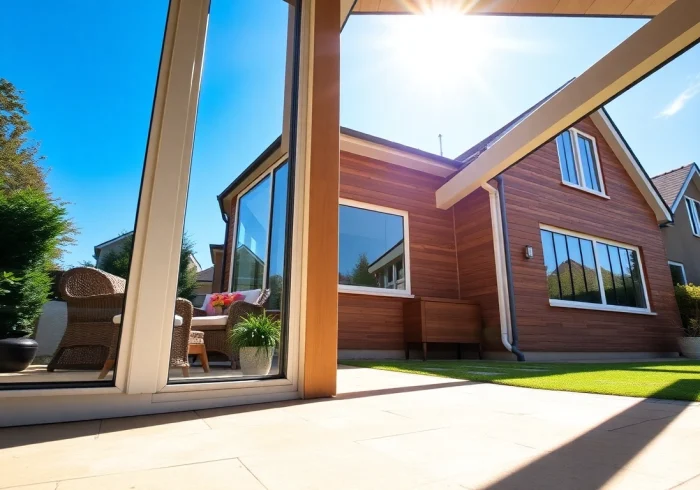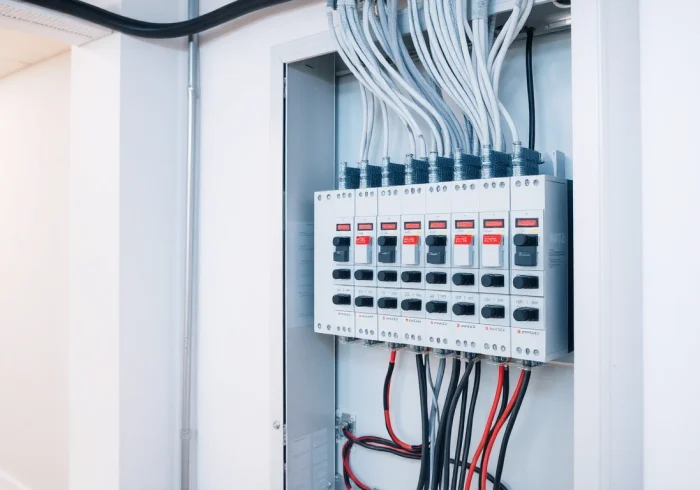Understanding Drywall Painting
What is Drywall Painting?
Drywall painting refers to the process of applying paint to interior walls constructed from drywall, which is a board made of gypsum plaster sandwiched between two layers of thick paper. This method is essential for both aesthetic enhancement and the protection of the drywall surface. Drywall painting not only transforms the ambiance of a space but also primes the walls for further protection against moisture, mold, and damage.
Importance of Proper Preparation
Before diving into the actual painting of drywall, proper preparation is crucial. Properly preparing drywall involves cleaning and repairing surfaces, which ultimately leads to an even finish and durability. Failing to prepare can result in paint peeling or bubbling, uneven surfaces, and overall dissatisfaction with the final look. The prep work includes cleaning the drywall, filling in cracks and holes, and priming the surface before applying paint.
Common Mistakes to Avoid in Drywall Painting
While painting drywall might seem straightforward, several common mistakes can derail the success of your project. Here are some frequent pitfalls to avoid:
- Skipping Primer: Primer helps paint adhere better and provides a uniform surface for color application.
- Poorly Prepared Surface: Any dust, dirt, or grease on the walls can cause the paint to flake off.
- Using the Wrong Tools: Using cheap brushes or rollers can lead to uneven coats and streaks.
- Inadequate Drying Time: Rushing through drying times can trap moisture and affect the paint’s quality.
Choosing the Right Tools for Drywall Painting
Essential Tools for Efficient Painting
Selecting the right tools can significantly affect the efficiency and outcome of your drywall painting project. Here’s a list of essential tools you’ll need:
- Paint Roller: Ideal for large, flat areas of drywall.
- Brushes: Necessary for corners and edges.
- Paint Tray: For easy loading of paint onto your roller.
- Drop Cloths: To protect floors and furniture from paint splatters.
- Sandpaper or Sander: To smooth down any rough patches after drywall installation or repair.
Recommended Paint Types for Drywall
When it comes to paint selection, the type of paint you choose can affect both the appearance and durability of the finished walls. The most common options include:
- Acrylic Paint: Water-based and easy to clean, it’s ideal for interior drywall.
- Latex Paint: Popular for its durability and resistance to fading; it’s also user-friendly for amateur painters.
- Eggshell Finish: This provides a lower sheen and is excellent for hiding imperfections while being washable.
Importance of Quality in Tools and Materials
Investing in quality tools and materials pays off in the long run. High-quality brushes and rollers not only provide a better finish but also save time and effort. Similarly, using premium paint ensures better coverage, requiring fewer coats and lasting longer over time. Properly prepping surfaces with quality primers will enhance the adhesion and durability of the paint.
Preparing Your Drywall for Painting
Cleaning and Smoothing Surfaces
Cleaning and smoothing the drywall surfaces is the initial step in preparation. Begin by clearing any obstructions and wiping down the walls to remove dust and debris. A damp cloth can help capture dust particles effectively. For any rough areas, you’ll want to sand them down lightly, ensuring a smooth surface for optimal paint application. This step is vital as it prevents the paint from adhering poorly and creates an even finish.
Priming: When and Why
Priming drywall is an essential step that should not be overlooked. A quality primer serves several purposes: it seals the surface, creates an even base for the paint, and improves adhesion. For newly installed drywall, using a primer specifically designed for drywall—such as a PVA (polyvinyl acetate) primer—is recommended. This will help in absorbing the paint, thereby reducing the number of paint coats needed for complete coverage.
Drywall Repair Techniques Before Painting
Before painting, it’s crucial to address any repairs needed on the drywall. This may include filling in holes or cracks with joint compound or spackling paste. Once the compound has dried, sand the repaired areas smooth so that they blend seamlessly with the surrounding surface. If necessary, apply primer over these repairs to ensure uniformity in the final paint job.
Step-by-Step Guide to Painting Drywall
Applying Primer: Techniques for Even Coats
When it’s time to apply primer, follow these techniques for achieving an even coat:
- Use a Roller: Utilize a 3/8” to 1/2” nap roller for smooth surfaces to avoid texture marks.
- Start from the Top: Begin at the top of the wall and work your way down to catch any drips.
- Roll in W Sections: Employ a “W” pattern while painting to distribute primer evenly before smoothing out.
Choosing the Right Paint Application Method
Deciding on the method of paint application is crucial. Depending on the area’s size and your comfort level, you have several options:
- Brushes: Ideal for edges and small areas.
- Rollers: Best for quick coverage over large wall areas.
- Sprayers: Suitable for experienced painters—providing a flawless finish on large surfaces but requiring more preparation and cleanup.
Finishing Techniques for a Professional Look
To achieve a professional-looking finish, consider the following techniques:
- Apply Multiple Coats: It’s often necessary to apply two or more coats of paint for good coverage, especially with lighter colors.
- Sand Between Coats: Lightly sanding between coats can help achieve a smoother finish and better adhesion.
- Use Protective Gear: Wear goggles and masks to protect yourself during sanding and painting.
Post-Painting Care and Maintenance
Cleaning Up After Drywall Painting
After painting, cleaning up is essential for maintaining the longevity of both the paint job and your tools. Dispose of any used materials appropriately, rinse brushes and rollers thoroughly, and store your paint in a cool, dry place for future touch-ups. Additionally, make sure to wash any surfaces that may have paint splatters.
Protecting Your Investment: Applying Sealants
Applying a sealant can add an extra layer of protection to your painted drywall. This is especially significant in areas prone to moisture, like kitchens and bathrooms. A clear sealant can help void any dirt, grime, or stains from adhering to your walls, thereby preserving the beauty of your paint job for a longer time.
Troubleshooting Common Painting Issues
During and after your painting process, you might encounter common issues. Here are some solutions:
- Peeled Paint: If your paint peels, it may be due to moisture trapped underneath; consider applying a primer and repainting.
- Bubbles: Bubbles can result from applying paint too thickly; ensure even, thin applications.
- Streaks: Using a roller with a texture can sometimes result in streaks; ensure you’re using the correct roller for your wall type.



